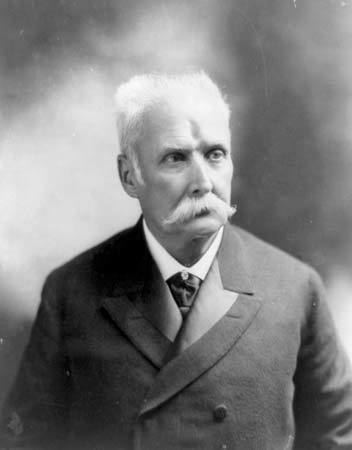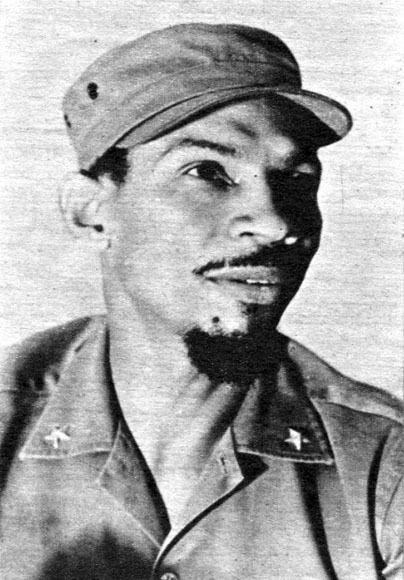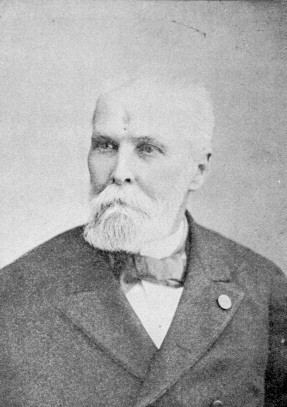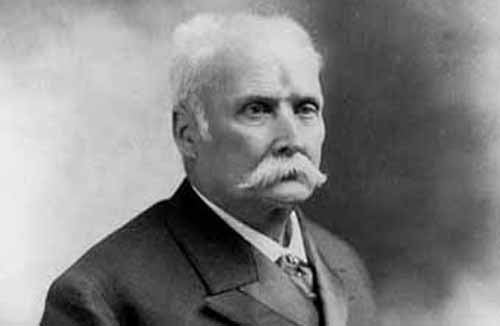Name Calixto Garcia | ||
 | ||
American tourist visits calixto garc a iguez baseball stadium home of sabuesos holguin cuba
Calixto García Iñiguez (August 4, 1839 – December 11, 1898) was a general in three Cuban uprisings, part of the Cuban War for Independence: Ten Years' War, the Little War and the War of 1895, itself sometimes called the Cuban War for Independence, which bled into the Spanish–American War, ultimately resulting in national independence for Cuba.
Contents
- American tourist visits calixto garc a iguez baseball stadium home of sabuesos holguin cuba
- C mara oculta descubre el interior del hospital calixto garc a
- Ancestry and progeny
- War record
- Death
- References

C mara oculta descubre el interior del hospital calixto garc a
Ancestry and progeny

García was born in Holguín to parents of Cuban Criollo descent. He was a large, strong, educated man with a short fuse. García was the grandson of Calixto García de Luna e Izquierdo, who had fought in the Battle of Carabobo in 1821 during Venezuelan War of Independence. His grandmother was Maria de los Angeles Gonzalez, said to be the daughter of a Cacique Chief from Valencia, Venezuela. His grandfather (who had dropped the aristocratic "de Luna" upon taking refuge in Cuba) had been jailed on March 18, 1837 for demanding emancipation of slaves, constitutional freedom for all, and allegedly trying to hang a priest who opposed him. As befitted a man of importance of that time, Calixto had a wife, Isabel Velez Cabrera, and a good number of mistresses; these women gave birth to many children both legitimate (about 7) and illegitimate (at least six, each to a different woman). A number of his sons, most notable Carlos García Velez and Calixto Enamorado, fought in his armies.
War record

Around the age of 18, taking after his grandfather, García joined with a Cuban uprising which became the first war of independence Ten Years' War. García fought against Spanish colonial rule for five years until his capture. Far from his troops, protected only by a small detail who soon lay dead or dying around him, Garcia in an attempt to avoid giving the Spanish the satisfaction of his seizure shot himself under the chin with a .45 caliber pistol. Although the bullet went out of his forehead and knocked him unconscious, he survived; the wound, which left a great scar, and gave him headaches for the rest of his life. When the Spanish authorities came to Holguín to inform Calixto's mother, Lucía Iñíguez, she said that he wasn't her son. When the officials explained to her Calixto tried to commit suicide, she replied that he was her son, "first dead than captured!" He was imprisoned until the Pact of Zanjón and the end of the Ten Years' War, was signed in 1878. García travelled to Paris and New York between imprisonments. In keeping to his quest, García joined with Maceo in the Little War from 1879 to 1880 as well as the 1895 War for Independence. He, and at least three sons, separately escaped Spain and arrived with a well-supplied expedition in 1896. In that last conflict he succeeded Maceo, once his subordinate in the Ten Years' War, as the second in command in the Cuban Army.

Garcia had a long string of victories in this war, which included the taking of Tunas and Guisa, and the emotionally significant re-occupation of Bayamo. García made liberal use of spies to prepare for his attacks. These include Dominador de la Guardia father of Ángel de la Guardia and María Machado, illegitimate daughter of Spanish General Emilio March who helped prepare the taking of Tunas; Frederick Funston later US Major General and José Martí y Zayas Bazán son of José Martí the major Cuban National Hero directed artillery; Mario García Menocal a to-be president of Cuba who was wounded in a principal assault. Angel de la Guardia, also a major Cuban national hero, died in this battle on August 30, 1897.

At the time of the U.S. landings, García, with skilled use of mobile artillery, controlled the interior of old Oriente Province, and prepared the landing places for the U.S. Army near Santiago. His troops effectively supported the Marine forces at Guantanamo who, once out of range of the guns of the USS Marblehead, had difficulty dealing with Spanish guerrilla tactics. He was the general who dealt with the American troops and joined them in military actions, only to be denied entrance into Santiago de Cuba when the Spaniards surrendered.
Death
García died of pneumonia on December 11, 1898, at the age of 59, while on a diplomatic mission in Washington, D.C. He was buried temporarily in Arlington National Cemetery in the U.S., then transported on the heavily armed seagoing war ship USS Nashville to Cuba. His final burial in Cuba was preceded by a number of emotional incidents, and his statues and busts are found throughout Cuba. A major statue is found on the Malecon near the US Interests Section in Havana. After his death, a large bronze tablet prominently inscribed with the phrase "Dulce et decorum est pro patria mori" was erected by the Masons at the place of his demise—the Raleigh Hotel in Washington, D.C. Today, this tablet resides at the private residence of one of Gen. García's direct descendants.

The essay "A Message to Garcia" by Elbert Hubbard was written in reference to U.S. intelligence officer Andrew Rowan's successful mission, against great odds, to establish contact with García early in the Spanish–American War. According to language expert Charles Earle Funk, "to take a message to Garcia", meaning to accept an extremely difficult challenge, was a popular U.S. slang expression for years. The essay was made into two American films, the 1916 silent A Message to Garcia with Garcia played by Charles Sutton and the 1936 film A Message to Garcia featuring Enrique Acosta.
In 1976, a municipality in Holguín Province was named Calixto Garcia for him. His portrait is on the 50 Cuban peso banknote.
